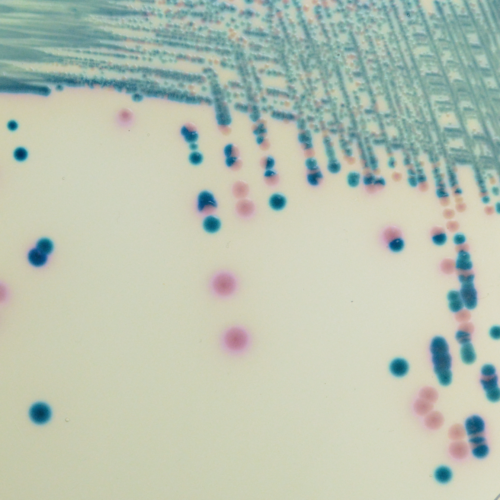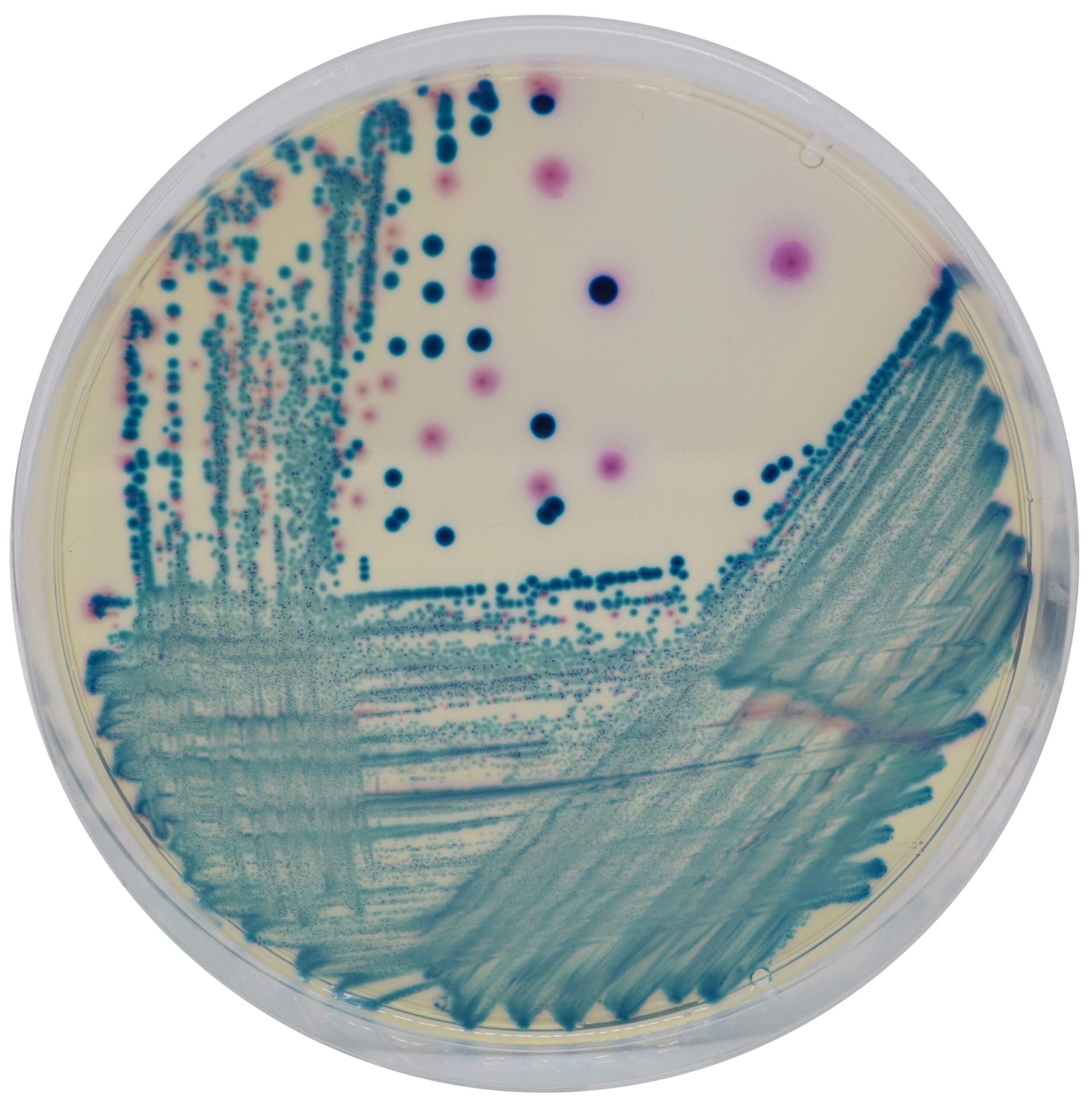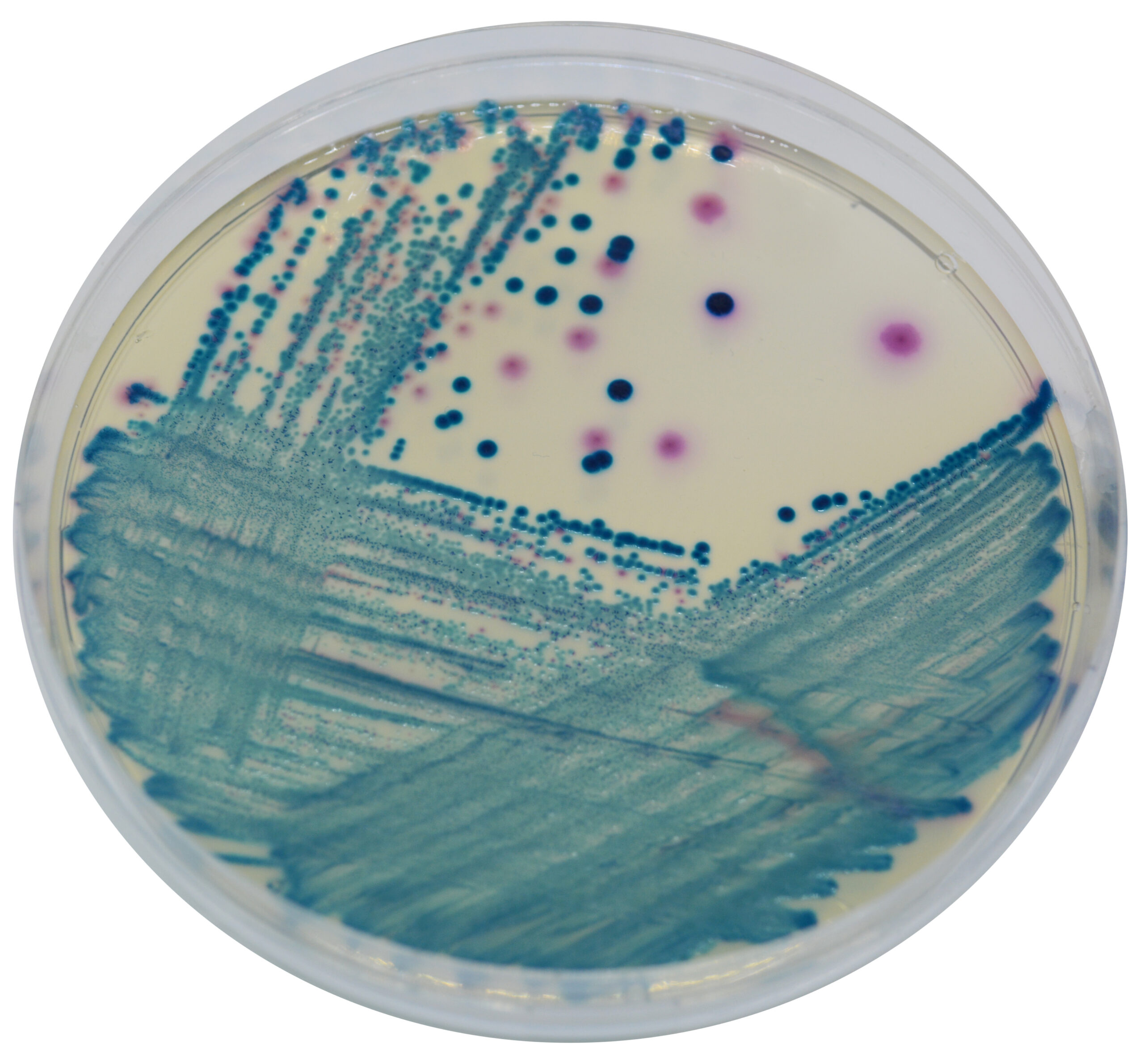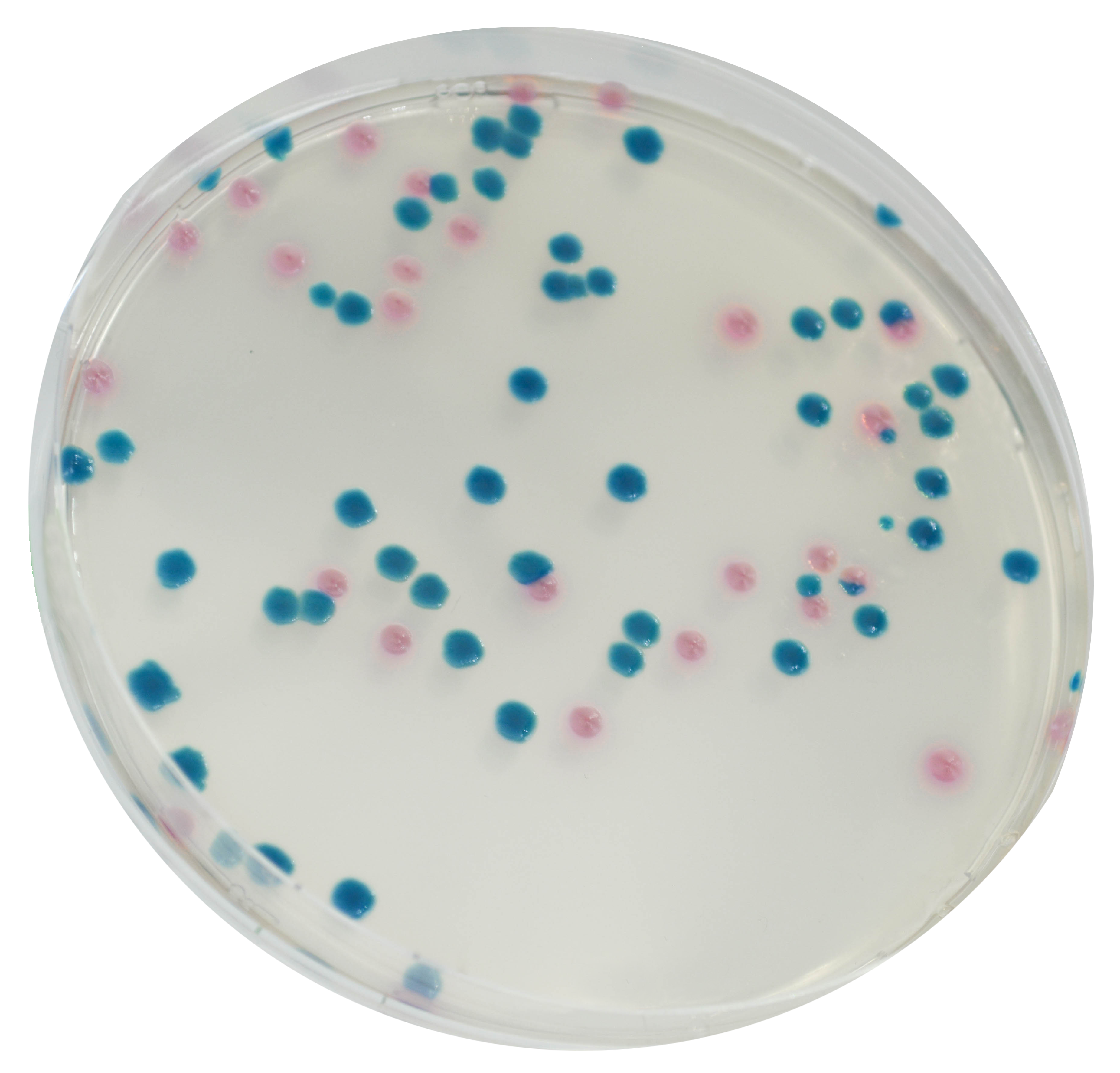Description
Colonies Appearance
 <img class="vce-single-image" src="https://chromagar.agencestudionet.com/wp-content/uploads/2021/11/ecoli-6.png" width="300" height="300" alt="CHROMagar MSuperCARBA" title="CHROMagar MSuperCARBA" />
<img class="vce-single-image" src="https://chromagar.agencestudionet.com/wp-content/uploads/2021/11/ecoli-6.png" width="300" height="300" alt="CHROMagar MSuperCARBA" title="CHROMagar MSuperCARBA" />
CPE E. coli
dark pink to reddish
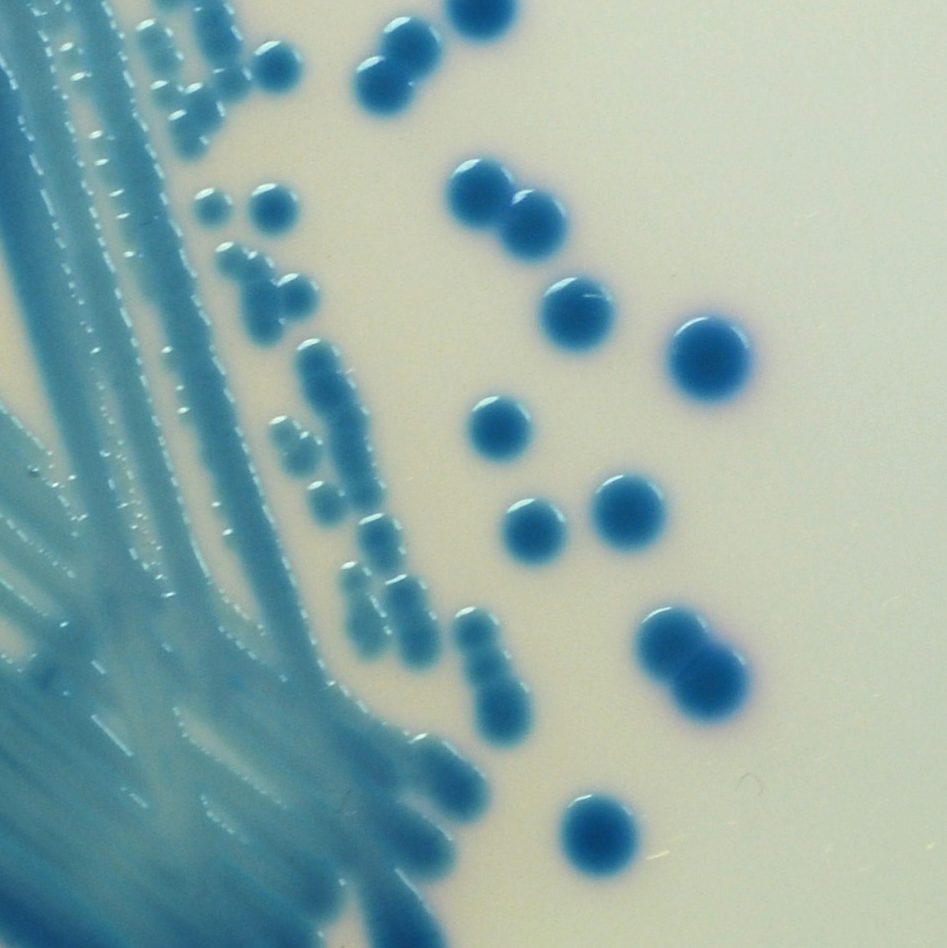 <img class="vce-single-image" src="https://chromagar.agencestudionet.com/wp-content/uploads/2021/11/KEC-1.png" width="300" height="300" alt="CHROMagar MSuperCARBA" title="CHROMagar MSuperCARBA" />
<img class="vce-single-image" src="https://chromagar.agencestudionet.com/wp-content/uploads/2021/11/KEC-1.png" width="300" height="300" alt="CHROMagar MSuperCARBA" title="CHROMagar MSuperCARBA" />
CPE Klebsiella, Enterobacter, Citrobacter
metallic blue
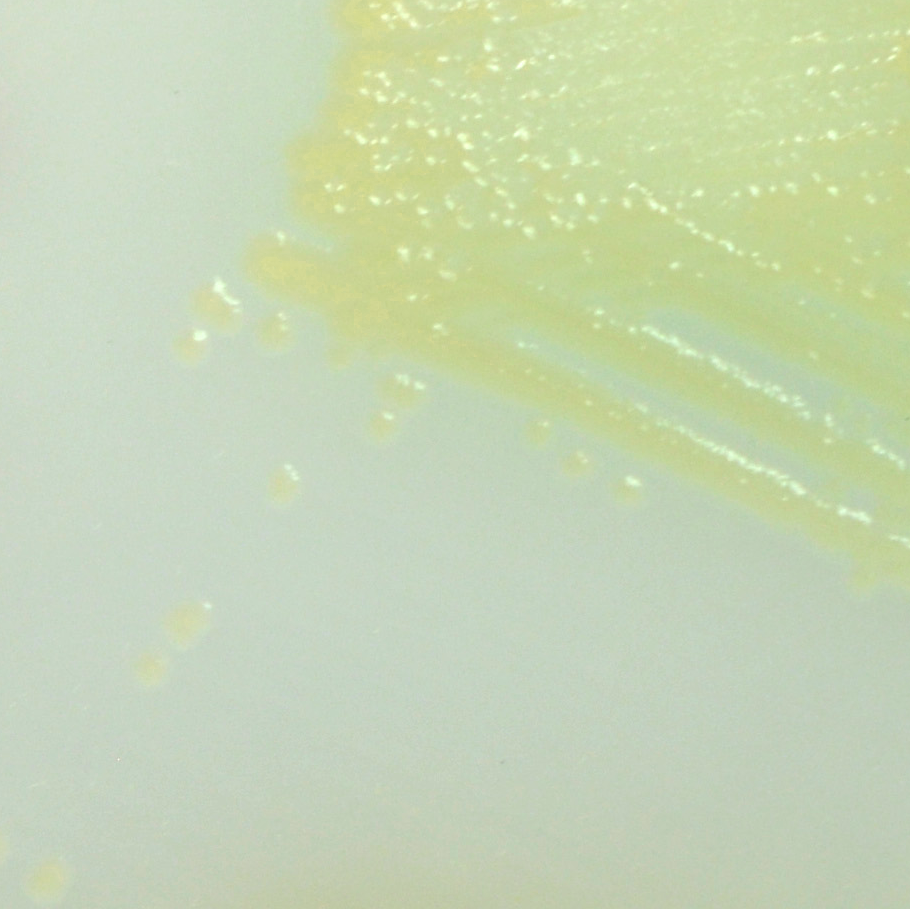 <img class="vce-single-image" src="https://chromagar.agencestudionet.com/wp-content/uploads/2021/11/pseudomonas-2.png" width="300" height="300" alt="CHROMagar MSuperCARBA" title="CHROMagar MSuperCARBA" />
<img class="vce-single-image" src="https://chromagar.agencestudionet.com/wp-content/uploads/2021/11/pseudomonas-2.png" width="300" height="300" alt="CHROMagar MSuperCARBA" title="CHROMagar MSuperCARBA" />
CPO Pseudomonas
translucent cream to blue
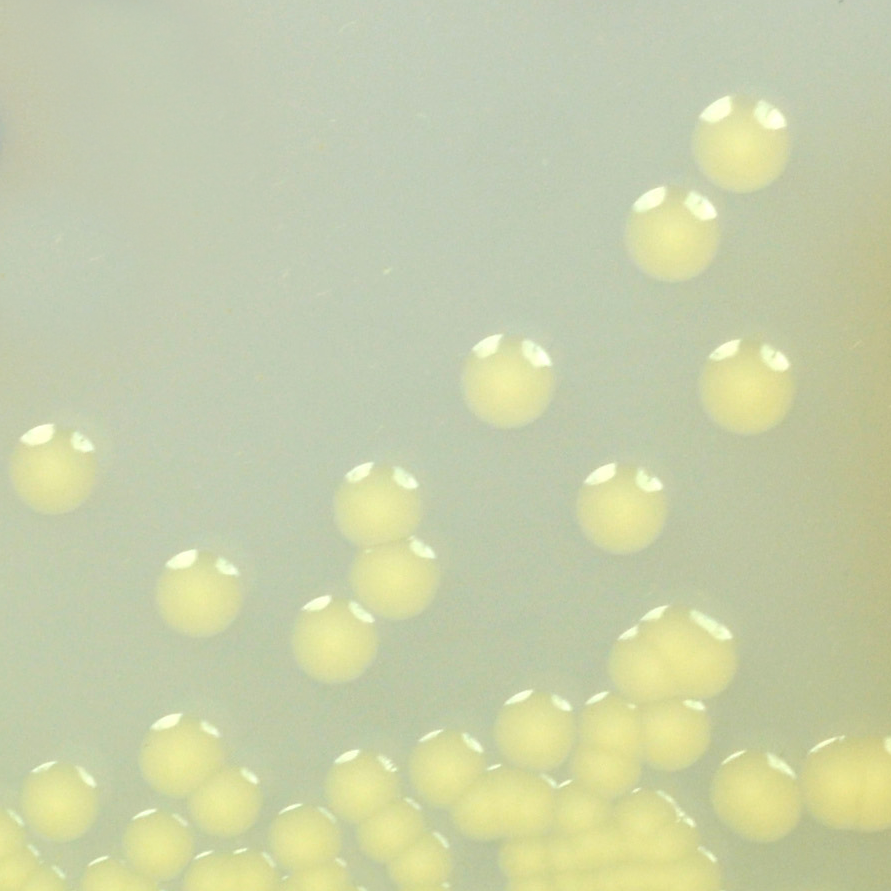 <img class="vce-single-image" src="https://chromagar.agencestudionet.com/wp-content/uploads/2021/11/acinetobacter-2.png" width="300" height="300" alt="CHROMagar MSuperCARBA" title="acinetobacter" />
<img class="vce-single-image" src="https://chromagar.agencestudionet.com/wp-content/uploads/2021/11/acinetobacter-2.png" width="300" height="300" alt="CHROMagar MSuperCARBA" title="acinetobacter" />
CPO Acinetobacter
cream, opaque
Performance
CDC: «Carbapenem-resistant Enterobacteriaceae (CRE) are usually resistant to all β-lactam agents as well as most other classes of antimicrobial agents. The treatment options for patients infected with CRE are very limited. Healthcare-associated outbreaks of CRE have been reported. Patients colonized with CRE are thought to be a source of transmission in the healthcare setting. Identifying patients who are colonized with CRE and placing these patients in isolation precautions may be an important step in preventing transmission».
CHROMagar™ launched in 2007 the first chromogenic medium for the detection of carbapenem-resistant bacteria, particularly targeting KPC-enzymes. Since then, many other carbapenemases have been spreading around the world and therefore there was a need to address today the difficult detection of low level carbapemases.
Alain Rambach and Patrice Nordmann have joined their efforts to develop a highly sensitive chromogenic medium, CHROMagar™ mSuperCARBA™, the new generation of chromogenic media that reaches unprecedented performances: detection of a large variety of carbapenemases KPC, NDM, VIM, IMP, OXA…with an impressive limit of detection (10 CFU/mL) even for weakly expressed carbapenemases like OXA-48, while maintaining a high level of selectivity.
Intended Use :
CHROMagar™ mSuperCARBA™ is a selective and differential chromogenic culture medium, intended for use in the qualitative direct detection of gastrointestinal colonization with carbapenem-resistant Enterobacteria (CRE), including OXA-48 producers, to aid in the prevention and control of CRE in healthcare settings. The test is performed with rectal swab and stools from patients to screen for CRE colonization. Results can be interpreted after 18-24 h of aerobic incubation at 35-37 °C.
CHROMagar™ mSuperCARBA™ is not intended to diagnose CRE infection nor to guide nor monitor treatment for infections. A lack of growth or the absence of colonies on CHROMagar™ mSuperCARBA™ does not preclude the presence of CRE. Further identification, susceptibility testing, and epidemiological typing is needed on suspect colonies.
1. Highly sensitive : Most carbapenemases (including OXA-48 and OXA-48 like) detected after overnight incubation.
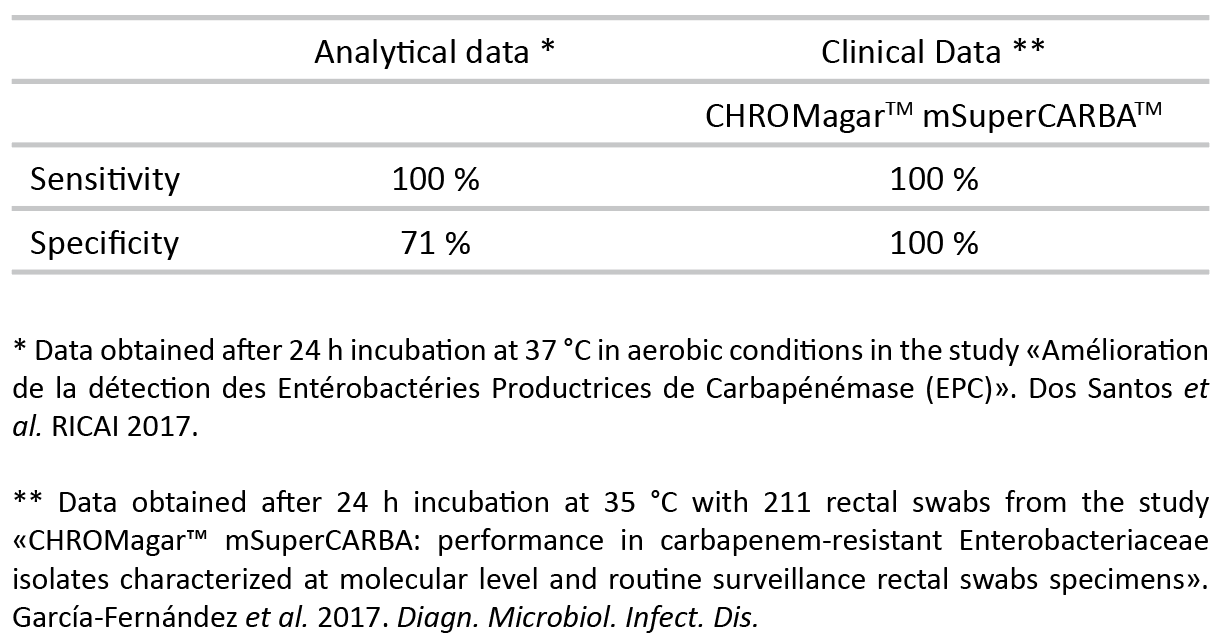 <img class="vce-single-image" src="https://www.chromagar.com/wp-content/uploads/2022/06/Data-EN.png" width="1024" height="532" alt="" title="Data EN" />
<img class="vce-single-image" src="https://www.chromagar.com/wp-content/uploads/2022/06/Data-EN.png" width="1024" height="532" alt="" title="Data EN" />
2. Impressive limit of detection: 10 CFU/mL.
3. Highly selective and specific: Not only beta-lactam susceptible bacteria are inhibited, but also most of the ESBL and AmpC hyperproducers are inhibited, rendering the tool very specific for carbapenemase-producing bacteria.
Composition
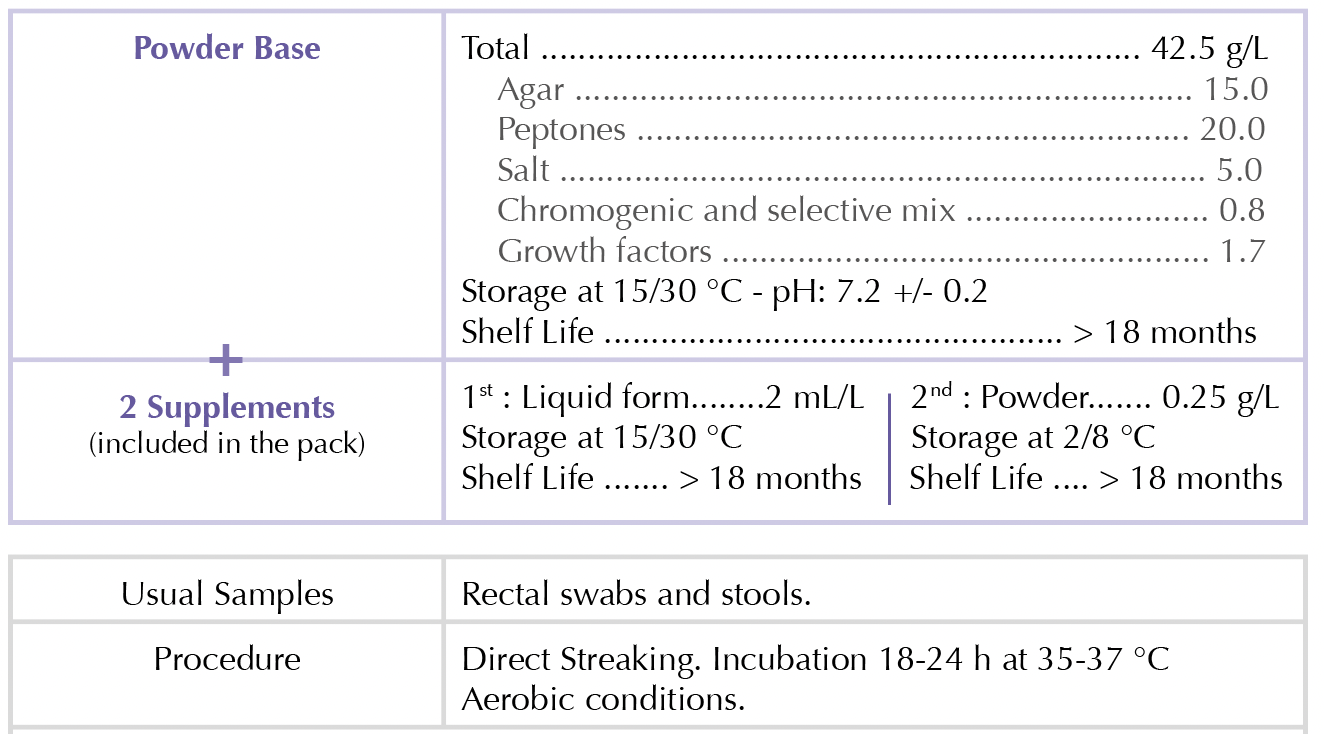 <img class="vce-single-image" src="https://www.chromagar.com/wp-content/uploads/2022/06/Composition-EN.png" width="690" height="380" alt="" title="Composition EN" />
<img class="vce-single-image" src="https://www.chromagar.com/wp-content/uploads/2022/06/Composition-EN.png" width="690" height="380" alt="" title="Composition EN" />



